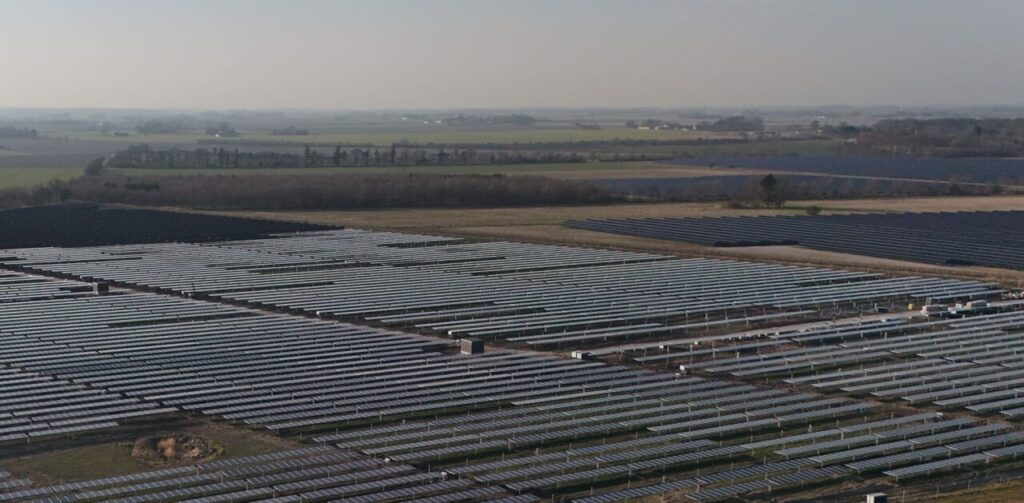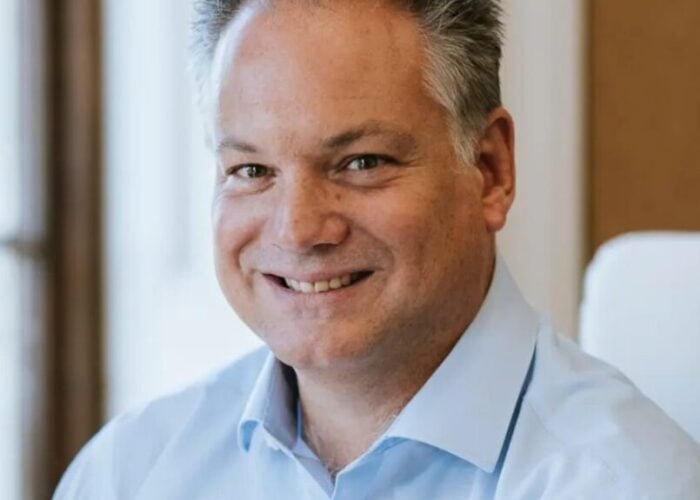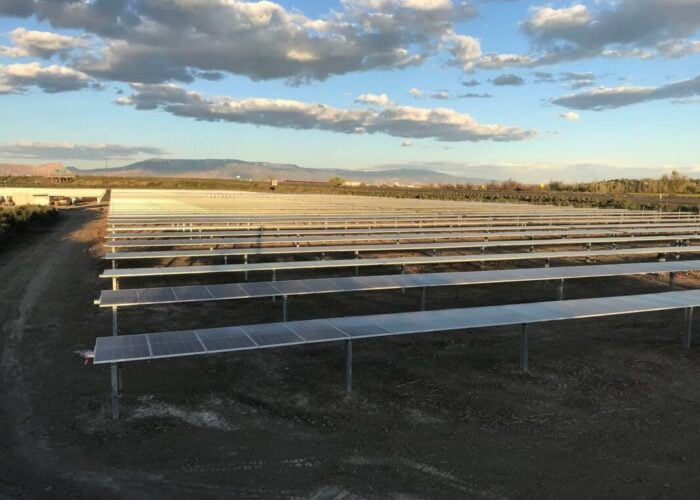
The average price of solar modules sold in Europe fell marginally between July and August, while buyers’ confidence remained steady from one month to the next.
These are some of the takeaways from sun.store’s latest PV Index report, which tracks solar products and buyers’ sentiment in Europe. Between July and August, a number of module types saw average selling prices fall; mono-facial p-type modules saw prices fall 6% to €0.079/W; full black modules saw a price reduction of 5% to €0.099/W; and bifacial n-type modules saw a price decline of 2% to €0.097/W.
Try Premium for just $1
- Full premium access for the first month at only $1
- Converts to an annual rate after 30 days unless cancelled
- Cancel anytime during the trial period
Premium Benefits
- Expert industry analysis and interviews
- Digital access to PV Tech Power journal
- Exclusive event discounts
Or get the full Premium subscription right away
Or continue reading this article for free
The company noted that only monofacial n-type modules saw a price increase from one month to the next – of 1% to reach €0.096/W – which sun.store said shows a “steady demand” for premium panels. It also suggested that the decline in full black modules is something of a regression to the mean, following a spike in prices in July, and reflects a wider drop in demand for residential installations across Europe in the summer months.
Perhaps this combination of strong demand for some modules, and weaker demand for others, explains the stability of the sun.store PV Purchasing Managers’ Index (PV PMI); growing confidence in one sector, and uncertainty in another, could balance each other out in the index, which remained unchanged between July and August.
The PV PMI is an assessment of general module buyers’ confidence in the industry – taken from a survey of 1,321 sun.store users – with a number above 50 reflecting a general sentiment that the industry will grow in the near future. Last month’s figure of 65 was a “historically low” total, according to sun.store, and the fact that August returned the same figure suggests low, but stable, confidence in the European buying environment.
The graph above shows how the PV PMI, in yellow, has changed in 2025, alongside variations in module price. The decline in module prices over the last month – or even longer, in the case of n-type modules – is clear, and suggests there is no obvious link between buying price and general industry confidence.
“Summer is always a quieter period for our industry, but the difference this year is the depth of hesitation,” said sun.store VP of sales Krzysztof Rejek, suggesting industry confidence is not necessarily tied to product prices. “Installers are preparing for autumn, holding back on major commitments until they see clearer price signals and stronger customer demand.”
Industry sentiment remains unchanged
The graph below shows the changes in the PV PMI since January 2024, alongside the percentage of sun.store survey respondents who expect to buy “more”, “less”, or “the same” quantity of modules in the coming months. The general decline in buyer confidence from January is clear, as manufacturers in the leading market of China have endured struggles this year; according to their most recent financial results, China’s top four solar manufacturers lost more than US$1.5 billion in the first half of the year.
However, the fact that both the PV PMI, and the percentage of buyers who intend to purchase more modules in the coming months, remain unchanged from July to August suggests that European buyers are in something of a holding pattern, waiting for the next big industry shift that will affect confidence.
Confidence in individual brands also remained unchanged, with sun.store also tracking the most popular module and inverter brands for European buyers. In both July and August, Jinko was the most popular panel manufacturer, while Huawei was the leading string inverter brand and Deye was the most popular hybrid inverter company.
Indeed, Huawei and Deye have held their positions atop their respective inverter sectors since March and April of this year, suggesting that both are consistently popular in their industries.
This stability comes as inverter prices continue to decline across the sector, with hybrid inverters smaller than 15kW, hybrid inverters larger than 15kW and grid inverters smaller than 15kW all becoming cheaper between July and August. The only exception to this trend is grid inverters larger than 15kW, which saw prices increase from €23.91/kW to €24.35/kW, remaining the cheapest type of inverter on average.
Looking ahead, sun.store described September as a “turning point” for European solar, as developers look to complete projects amid sustained “uncertainty” around upstream supply chain dynamics. Ultimately, sun.store said the market is characterised by “cautious optimism” going into the final months of the year.






